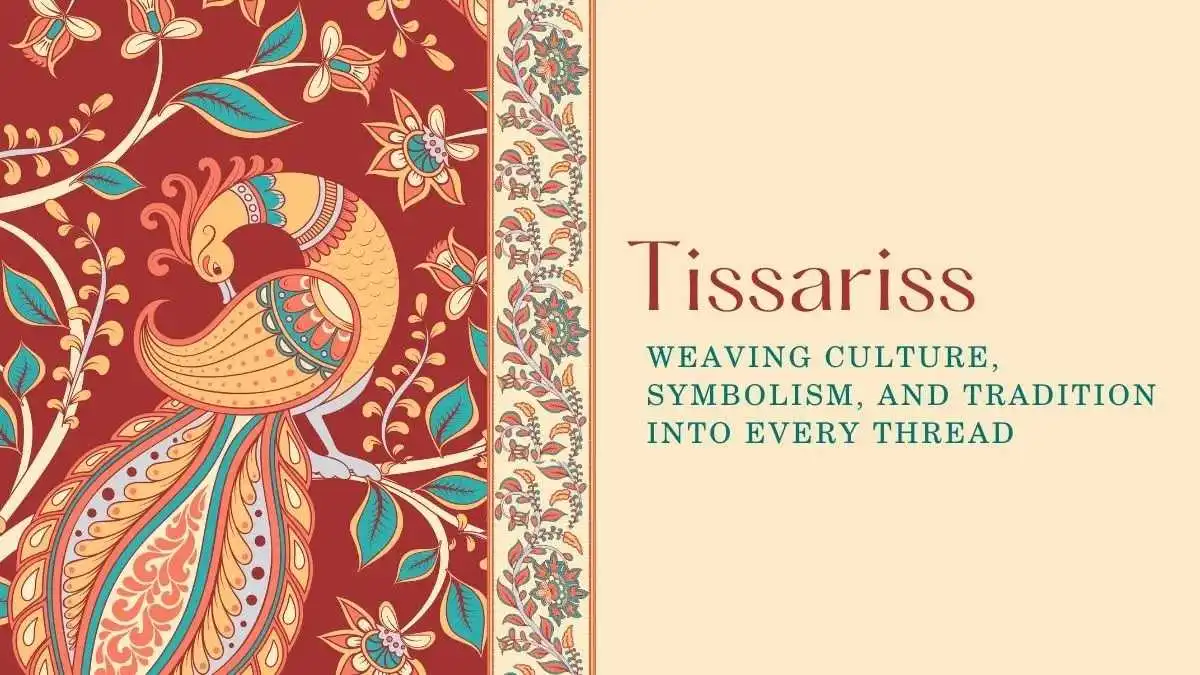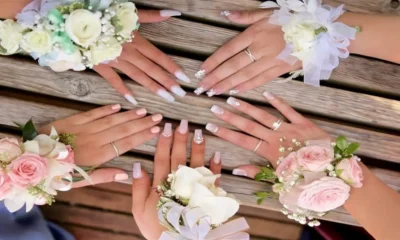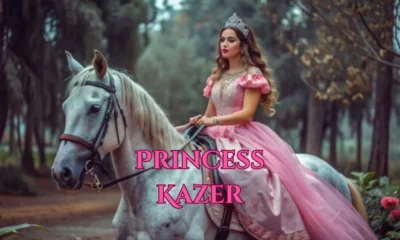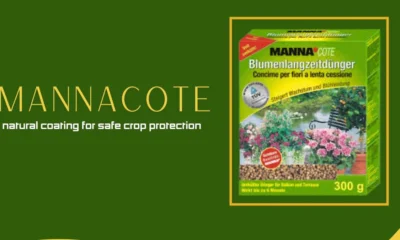GENERAL
Tissariss: Weaving Culture, Symbolism, and Tradition into Every Thread

Tissariss represents more than a weaving technique—it is a cultural emblem that binds communities through artistry and tradition. Originating in rural villages with centuries-old practices, this traditional textile art form serves as a living testament to the creative and symbolic expressions of indigenous artisans. Tissariss textiles are not just garments or decorative fabrics; they are historical records woven into fibers. Each pattern, color, and motif holds cultural significance, reflecting values, beliefs, and collective memories passed down across generations.
Historical Origins and Evolution
Weaving as a vital practice emerged during prehistoric times because ancient civilizations integrated weaving into existence survival as well as sociopolitical advantages and religious rituals. Historical archaeological data shows that societies across Central and South Asia, together with locations in Africa and the Middle East, made woven fabrics essential for religious rituals and basic living needs. As a result of domestic use, Tissariss transformed into an artistic expression which people admire both for its visual appeal and cultural narrative. The heritage of Tissariss developed through new influences that appeared in each generation because of migration, trade, and colonization patterns that brought additional motifs and techniques to the art form.
Materials and Techniques
- Natural Fibers: Tissariss weavers primarily use cotton, silk, and wool, depending on geographic availability. These fibers are harvested and prepared through manual processes that preserve their natural quality.
- Dyeing Methods: Natural plant-based dyes made from indigo, turmeric, henna, and madder root are used. The dyeing process is complex, often requiring multiple soaks and sun-drying to achieve desired hues.
- Weaving Techniques: Artisans employ handlooms or ground looms, using techniques such as twill weaving, tapestry weaving, and brocade. The precision in pattern formation demands exceptional skill and patience.
- Embellishments: Many Tissariss textiles include intricate embroidery, metallic threads, mirror work, or bead detailing, depending on regional traditions.
Symbolism in Patterns and Colors
Each Tissariss textile contains an encapsulated symbolic message that designers include in their creations. The diamond shape in geometric patterns symbolizes both fertility and protective powers, and zigzag patterns symbolize flowing rivers and unpredictable life’s paths. In South Asian traditions, floral motifs are linked to growth and female principles, and divine beauty. Colors within Tissariss textiles possess distinct symbolic meanings as red indicates celebration and vitality, white represents purity, and blue symbolizes spiritual protection. Visual codes in Indian art go beyond decorative details because they communicate essential elements from local myths and cosmological beliefs and cultural life events.
Cultural Significance and Storytelling
People use Tissariss textiles throughout their life cycle, major events at births and weddings, as well as funerals and festivals. Different uses of Tissariss textiles exist as dowries, together with burial shrouds and altar coverings, which hold particular symbolic meanings. The primary function of Tissariss fabrics includes narrative communication. The artistic representations in these pieces use motifs along with sequences to tell visual stories about folklore or historical events while functioning without written language. These textiles contribute largely to sustaining collective memory within cultural traditions that rely on oral histories.
Regional Variations
- South Asia: Regions like Rajasthan and Gujarat incorporate mirror work and vibrant embroidery into their Tissariss.
- Middle East: Features include symmetrical geometric patterns and darker, earth-toned dyes.
- West Africa: Often use bold, symbolic patterns and weaving techniques like kente or bogolanfini (mud cloth).
- Southeast Asia: Utilizes ikat dyeing methods and motifs tied to ancestral spirits and agricultural cycles.
Tissariss in Modern Fashion
The traditional yarn from Tissariss now leads fashion trends worldwide through modern fashion applications. Fashion designers are working together with craftsmen to introduce heritage art to both fashion shows and retail environments. The creative redefinition of Tissariss fabrics into modern fashion designs by designers preserves traditional heritage within contemporary styles for both haute couture and sustainable fashion brands. The partnerships revive traditional production methods and simultaneously open commercial prospects for skilled craftworkers.
Interior Design and Artistic Applications
- Wall Hangings: Used as tapestry art in modern homes and galleries.
- Furniture Upholstery: Adds character and cultural depth to home decor.
- Curtains and Drapes: Provide an elegant yet grounded aesthetic.
- Art Installations: Tissariss is increasingly used in mixed media artwork for museums and exhibitions.
Sustainability and Ethical Practices
Tissariss naturally follows the principles of eco-consciousness. A sustainable replacement for synthetic fabrics exists because of biodegradable materials combined with plant-based dyes processed through low-energy handlooms. Many Tissariss cooperatives use a sustainable approach of slow fashion to prioritize product longevity while encouraging their customers to purchase intentionally and reduce their buying volume. Under ethical approaches to sourcing and fair wage standards, along with complete transparency, Tissariss finds favor among socially conscious buyers.
Challenges and Preservation Efforts
The cultural diversity of Tissariss battles against industrial growth and quick fashion trends, coupled with diminishing artisan professional. The transition of younger workers to higher-paying jobs in cities creates a decline in handicraft abilities. However, preservation efforts are underway. Numerous institutions, governments, private enterprises, and NGOs maintain training centers and heritage workshops to archive digital resources that document fashion principles and methods. Experiential exposure in exhibitions, together with UNESCO initiatives, works to maintain the sustainability of the craft.
Global Recognition and Future Prospects
With the global pivot toward sustainable and meaningful fashion, Tissariss is gaining well-deserved attention. Brands are sourcing ethically woven Tissariss fabrics, and museums are dedicating spaces to showcase their legacy. Online platforms and social media have enabled artisans to reach wider audiences, further fueling the craft’s revival. The future of Tissariss lies in its ability to balance authenticity with innovation, preserving its roots while adapting to contemporary aesthetics.
Conclusion: The Enduring Legacy of Tissariss
Tissariss is not merely a textile; it is a cultural repository that weaves together tradition, art, and identity. As interest in heritage crafts and sustainable living grows, Tissariss stands as a beacon of authenticity and timeless beauty. By supporting this ancient craft, we contribute not just to artistic preservation but also to the cultural continuity of communities that have long used thread and loom to tell their stories.
-

 BIOGRAPHY7 months ago
BIOGRAPHY7 months agoBehind the Scenes with Sandra Orlow: An Exclusive Interview
-

 HOME1 year ago
HOME1 year agoDiscovering Insights: A Deep Dive into the //vital-mag.net blog
-

 HOME1 year ago
HOME1 year agoSifangds in Action: Real-Life Applications and Success Stories
-

 BIOGRAPHY1 year ago
BIOGRAPHY1 year agoThe Woman Behind the Comedian: Meet Andrew Santino Wife




























